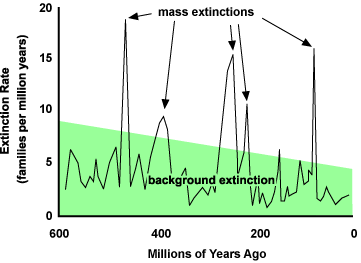I’ve learned from the new generation who like to say “sus” when something is suspicious. When I see the word sus-tainable, I like to look more closely at the author’s viewpoint.
For close to ten years of blogging on this website Conserve-Prosper.com, I’ve been seeking and sharing ways to sustainably conserve precious resources that ultimately will lead to our individual and collective prosperity. However, I’ve also noticed many versions of the word sustainability. Here are two examples:
One group based in London, UK called Sustainable Times: “is a media platform and community that delivers essential resources and timely news…bridging the gap between visionary sustainable founders and impact-driven investors, it fosters a dynamic community committed to building a sustainable business future.” One article is titled Water Efficiency: Driving Profits and Sustainability in Today’s Business which states:
“The writing is on the wall: water costs are rising, shortages are looming, and climate change is escalating. But there’s hope — water efficiency offers a practical, cost-effective solution to each of these challenges. By understanding and reducing water consumption, businesses can cut costs and make significant strides in their environmental sustainability efforts.” Overall, I’m finding the articles to be interesting that meet the definition of business sustainability.
Another group called Sustainability-Times:“is your online destination for trusted news, insightful analysis, and lively debate on every aspect of sustainability. From clean tech and climate action to health, ecology, education, and innovation, we explore the key transformations shaping a better future.” Guess where it’s published and the content of most of their posts? They are based in Tel Aviv, Israel with many of the news reports relating to Chinese and American militaries! Here are three recent reports China Hits the Moon With a Laser, China Stunned by US Jet, China Unveils Its Military Mega-Project. So perhaps these articles are useful from the point-of-view for Israel to sustain their existence but I’m not finding news promoting environmental sustainability.
On another topic, in response to increasing stock market volatility around the world, personal finance expert Suze Orman says,
“I need you to be conservative right now.”
She’s not talking about being politically conservative. She says we need to ‘tighten our belts’ by reducing expenses and making sound decisions on saving and spending money as discussed in her YouTube video. I became a fan of her CNBC show over 20 years ago and read several of her New York Times bestselling books.
How many times have we eaten out at a restaurant, only to feel indigestion with the food and the bill? At a recent Red Robin lunch for two, the $20 burger was undercooked, the fries too salty and the salad bland - so much food and money wasted! Conservatively contrasting eating out, we always enjoy meals at home, knowing the higher quality and value of food provided when and how we want to eat.
We try to combine trips with one car to be as fuel and time efficient as possible. Road trips give us time to relax and talk.
We can all make better choices for buying sustainable products, such as these recommended by the UCLA housing office.
Would you agree that prosperity is our total wealth, not just financial security but also our mental and physical health and spiritual abundance?
“Live long and prosper,” said Mr. Spock from Star Trek, the futuristic TV show that continues to sustain audiences for over 60 years!




